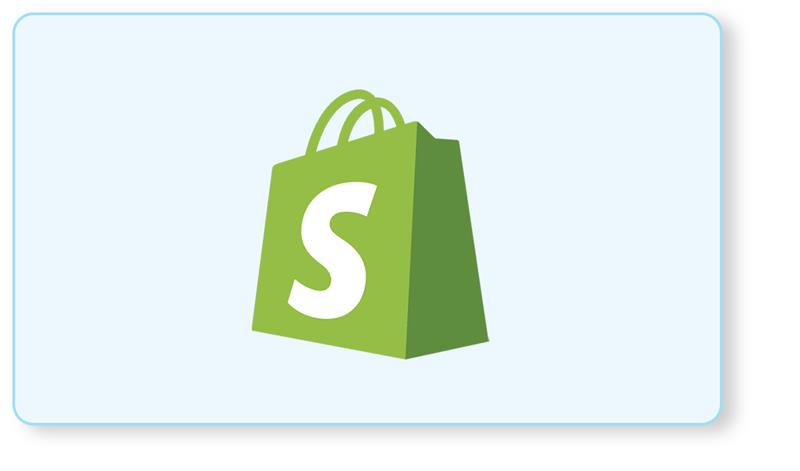We live in an age of speed. From fast food to fast internet, from instant messaging to on-demand streaming, our world has become obsessed with delivering everything at lightning speed. And people continue to expect this speed as consumers. This is where quick commerce comes in, representing the latest and greatest example of our obsession with speed and convenience.
Quick commerce is a concept that is revolutionizing the way we shop and receive goods in record time. In this blog, we will delve into the reasons behind the meteoric rise of Quick Commerce, exploring the mechanics and benefits of quick commerce, as well as the factors driving its growth and shaping its future. Through this, we hope to convey the importance of speed and convenience that can help your website or store reach great heights.
What is “Quick Commerce” and How Does It Work?
In simple words, Quick Commerce is the Uber of retail, delivering products to your doorstep in record time, often within a couple of hours or as fast as 15 minutes. With quick commerce, you can order groceries, electronics, clothes, or even prescription medications with just a few clicks and have them delivered to you almost instantly.
Unlike traditional e-commerce models, which rely on static inventories and warehouses, Q-commerce employs an on-demand approach that allows retailers to rapidly fulfill customer orders by leveraging AI-powered algorithms and innovative technologies such as:
- Micro-warehouses: Using local micro-warehouses enables retailers to provide faster delivery and reduce last-mile transportation costs.
- Cloud Multi-Tenant Platforms: Cloud technology enables retailers to quickly scale up their business, manage inventory, and streamline their logistical operations.
- Automated Sorting: This system utilizes robotics to speed up order processing and minimize errors.
- Accurate Demand Forecasting: Q-commerce platforms use machine learning algorithms to predict consumer behavior, enabling them to manage inventory more accurately and anticipate demand.
- Big Data Analytics: This algorithm identifies patterns in consumer behavior and buying habits, providing retailers with insight into how to personalize the entire shopping experience.
The Growth of Quick Commerce
The growth of quick commerce is driven by the same factors that have propelled other fast-moving trends and technologies. People want things now, not later, and they’re willing to pay a premium for the convenience of instant access. Whether it’s ride-sharing, food delivery, or streaming, the speed and immediacy that quick commerce offers have become the new norm for consumers.
The demand for Q-commerce has been nothing short of spectacular, with an exponential increase in adoption rates in recent years. A 2020 report by McKinsey estimated Q-commerce could account for 10 percent of all consumer retail spending, possibly reaching $5 billion by 2025. Many reasons propel this explosive growth of Q-commerce. Let us explore them in detail.
Factors behind the Rapid Rise of Quick Commerce
Consumer Demand for Speed
To truly understand why Quick Commerce is booming, we must examine the changing preferences and expectations of modern consumers. With the convenience and ubiquity of smartphones, consumers now expect instant gratification and personalized experiences. Time is of the essence, and traditional models of commerce struggle to keep up with these increasingly demanding requirements.
The Rise of On-Demand Economy
Instead of following traditional supply chains, Quick Commerce companies leverage data and technology to optimize efficiency and deliver products to consumers within hours, or even minutes, of their order placement.
Technological Advancements Driving Quick Commerce
The rapid advancement of technology has played a crucial role in fueling the growth of quick commerce. From AI-powered algorithms to sophisticated logistics systems, these technological innovations have streamlined the order fulfillment process and enhanced the overall customer experience.
Accelerated Growth During the COVID-19 Pandemic
The COVID-19 pandemic acted as a catalyst for the rapid growth of Quick Commerce. Lockdowns and social distancing measures forced consumers to shift their purchasing behaviors online, thereby accelerating the demand for quick and contactless delivery options.
Seamless Integration and Synergy with Existing Industries
Quick Commerce has successfully integrated and enhanced existing industries, creating a synergy that benefits both businesses and consumers. The collaboration between quick commerce platforms and traditional businesses, such as restaurants and grocery stores, allows for efficient order processing, inventory management, and last-mile delivery.
Benefits of Quick Commerce
The rapid growth of Quick Commerce can be attributed to a myriad of benefits it offers to both consumers and businesses alike:
Speedy Deliveries
The cornerstone of Quick Commerce lies in its ability to deliver goods at an unprecedented pace. Leveraging a network of hyper-local micro-fulfillment centers strategically positioned in densely populated cities, Quick Commerce outpaces conventional brick-and-mortar stores. By eliminating the need for expansive retail spaces, businesses can allocate resources to optimize their delivery process, ensuring that goods reach consumers swiftly.
Seamless Inventory Management
In Quick Commerce enterprises, there’s a standout feature: they consistently have a well-curated selection of products available. They achieve this through cutting-edge technology like Artificial Intelligence, which continuously monitors real-time consumer demand. This enables businesses to swiftly adapt and fine-tune their inventory, ensuring that they always have the demanding and trending products on hand when they’re needed. This not only leads to higher customer satisfaction but also streamlines operations, ultimately boosting the company’s profits.
Around-the-Clock Accessibility
Unlike traditional businesses with set operating hours, Quick Commerce operates 24/7. This round-the-clock availability aligns seamlessly with the demands of today’s fast-paced lifestyle. Customers have the flexibility to make purchases at any time, from any location. The use of Quick Commerce technology even enables customers to schedule deliveries at their convenience, eliminating the need to adhere to specific time slots.
Frictionless Payments
Quick Commerce businesses benefit from economies of scale, allowing them to purchase goods in bulk. This not only lowers overall costs but also enables them to pass on attractive discounts to customers. By maintaining competitive pricing, Quick Commerce systems make their products accessible to a wider customer base. This cost-effectiveness not only benefits consumers but also strengthens the market position of Quick Commerce enterprises.
Overall, for businesses, Quick Commerce represents a leap forward in efficiency. With faster order fulfillment and reduced delivery times, they can serve more customers in less time.
Wrapping up
The future of Q-commerce is looking bright, with rapid growth and widespread adoption on the horizon. While the market is currently dominated by food and grocery delivery services, the potential applications of Q-commerce are vast, with opportunities in various industries such as healthcare, automotive, and consumer electronics.
As Quick Commerce platforms continue to innovate, foster partnerships, and adapt their services to meet the challenges of a changing landscape, they are poised to become the go-to solution for consumers looking for fast, convenient, and personalized delivery options. We hope this blog motivates you to embrace Quick Commerce because it is not just a choice; it is a strategic move towards a more efficient and customer-centric approach to commerce. Contact us today and let us know your requirements.





